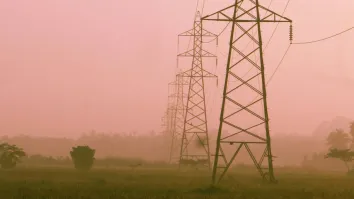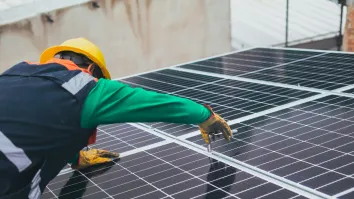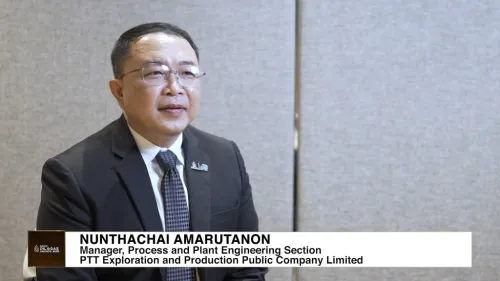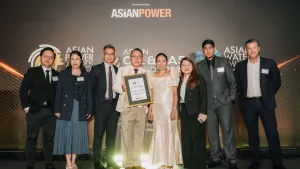
Can biomass power generation play a meaningful role in our power needs?
Understandably with each natural catastrophe, man-made or otherwise, the overwhelming case for renewable energy as a core constituent to our power needs becomes more apparent and more pressing.
When the topic of renewable energy surfaces, most of the newspaper column inches are dedicated to wind and solar power generation and the enormous potential thereof, with biomass garnering rather less attention. What is interesting is how much the news coverage is at odds with the stated policies government policies and targets.
Taking China as a case in point, the Government has set a 2020 target of 30 GWe from biomass against a recently revised up target for wind of 50 GWe and only 5 GWe for solar power generation. Chinese Government Policy is not the exception here, as similar relative targets are evident in the European Union and elsewhere.
The benefits of biomass are manifold and are increasingly being understood by Governments around the world.
Firstly, biomass is an abundant natural resource for every agricultural economy. Each year, aided by farmers in the production of their primary crops, nature captures and stores thousands of GW of energy for us in the form of crop residues (biomass)only for it to be released and lost again as the residues decompose through the year.
Secondly, when the topic of renewable energy is raised, one much cited ‘weakness’ is that renewable power is not reliable, you only get power when the sun shines or the wind blows. It is very difficult for the power grid to handle and manage such intermittent power. This is one of the main reasons that there is so much valuable research going into how we can more effectively store electricity. In biomass, nature has done the job for us already. The plants capture the energy and that which is not eaten is stored in biomass when we need it. Biomass power plants produce power and heat 24 hours each day, 7 days a week and over 45 weeks a year. It is there when you need it.
Thirdly, biomass is to be found in rural and agricultural areas. Crop residue is voluminous and low in calorific value and therefore it does not make sense to transport the fuel long distances. Therefore, biomass power plants tend to be much smaller than today’s fossil fueled power plants at say 7-40 MWe per power plant. Therefore, the power is well distributed thereby providing stable power to rural areas. Locally available power prevents the need for transporting electricity for long distances (an act which consumes power); in less developed economies biomass power plants provide electricity to new areas. Most importantly, the availability of stable electricity is one of the key attributes that industry needs so biomass power serves as an enabler in rural areas to attract new industry.
Finally, but perhaps most importantly and least well understood is the issue of subsidies or incentives. Here we need to look at the “money flow” to really understand what we mean by a renewable subsidy. In biomass, approximately 50% of revenues earned by a biomass power plant goes to the purchase of fuel. This means 50 cents of every dollar goes directly into the rural communities, creating additional revenue for agriculture. For a country such as China where there is enormous pressure on the redistribution of wealth to the rural economies, biomass power generation is a very direct mechanism to do so and critically, it is productive in deployment, it is not a grant or handout, it is bringing economic value to a product that was otherwise a waste byproduct and at the same time it relieves energy concerns for a nation and drives regional growth.
Set out this clearly, It is no wonder that Governments are starting to proactively promote biomass as a key component of their energy strategies. It is not often that addressing one pressing concern can, at the same time address other necessary social and economic goals.
The 100 GW question is therefore what more needs to be done to enable Governments to turn their clear targets into reality?
Simon Parker, Chief Executive, DP CleanTech Holdings



















 Advertise
Advertise







